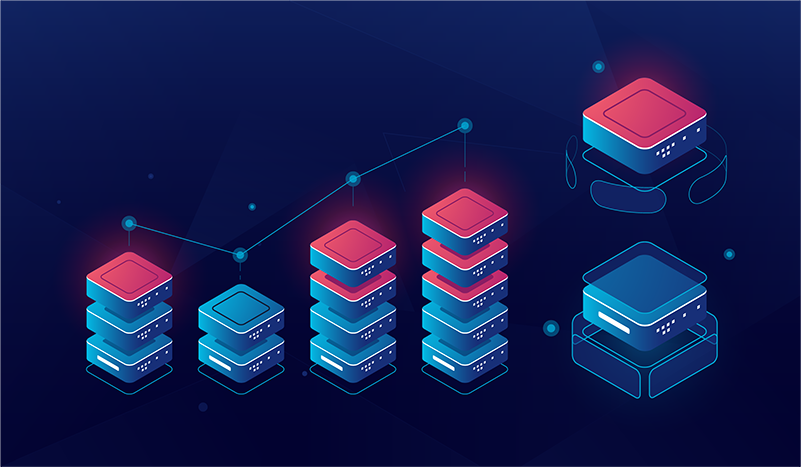The business is growing and it’s time to upgrade or increase your network capacity and architecture to support the influx of machinery, workstations, and personnel. After you’ve decided whether or not you need to increase the bandwidth being provided and evaluated the current network hardware, you’ve realized that it’s time to bring in some new infrastructure. Switches, in conjunction with the cat5e or cat6 cabling, are the backbone of connectivity in business. There are three very important things that an IT professional needs to consider when implementing new switches as replacements/upgrades or when expanding a network…
- Not all switches are created equal.Do you need a core switch or an edge switch?
Core switches are the true spine of your infrastructure. They’re at the center of your business, connecting your servers, patch panel switches, and network storage systems to the firewall and internet service provider. Core switches need to be extremely reliable and many can understand and regulate network traffic to maximize efficiency and the performance of communication between your business-critical devices. These managed core switches cost up to ten times the amount of an edge switch. Most small companies need only a single core switch, but large companies can have half a dozen per site.
Edge switches are used to connect client devices to the network. They cost far less than the aforementioned core switch, and are a dime a dozen. Edge switches will make sure end point workstations like laptops, PCs, printers, and machinery are on your network. Small companies may have anywhere from two to 24 edge switches of varying size, while large companies may have hundreds per site!
- Gigabit, Ten Gigabit, and 40/100 speeds.What capacity switch do you require?
As you’d expect, ten-gigabit switches are “faster” than one-gigabit switches and 40/100 is faster yet, but they come at a far higher price. Ten gigabit has more conducive hardware for information sharing. They’re quite a bit more expensive than regular gigabit switches. If you’re in a data center or a high-importance government setting, ten gigabit is a requirement to maximize the transfer of data. Most other organizations still use regular gigabit switching power with no complaints.
- PoE versus non-PoE.Does it matter? Do you care?
Think about the actual physical space that you’re going to be placing the new switch in. Is it easy to get power to that area? Are you thinking about adding a switch up in the ceiling, or maybe up in the rafters? There is a good chance you won’t be able to easily supply power to the switch. In this scenario, you will want to pony up the extra dough and get a switch that can get power over the Ethernet connection.
Power over Ethernet (PoE) has revolutionized the networking industry. It’s commonplace to use a connection to supply the switch with capacity and power and then branch off from there to supply a department or area with connectivity. If you can get away with non-PoE switches, you’ll be able to save your company some money.
Fidelus Technologies, based out of New York City is a Professional and Managed Information Technology Services company focused on customer success and business efficiency. Our services provide seamless networking, data center, wireless, security and unified communications expertise for medium and enterprise sized businesses. We have a consultative life cycle approach that includes requirements gathering, assessments, solution design, planning, project management, engineering, adoption and evolution (training) services to fully support the IT needs of your organization.
If you’re looking for more information on how Fidelus can help with your organizations technology please contact us here. To access our in-depth analysis on how IT teams across the country are using IT services and products within their organization click below.
2017 U.S. IT Services Report sponsored by Fidelus
